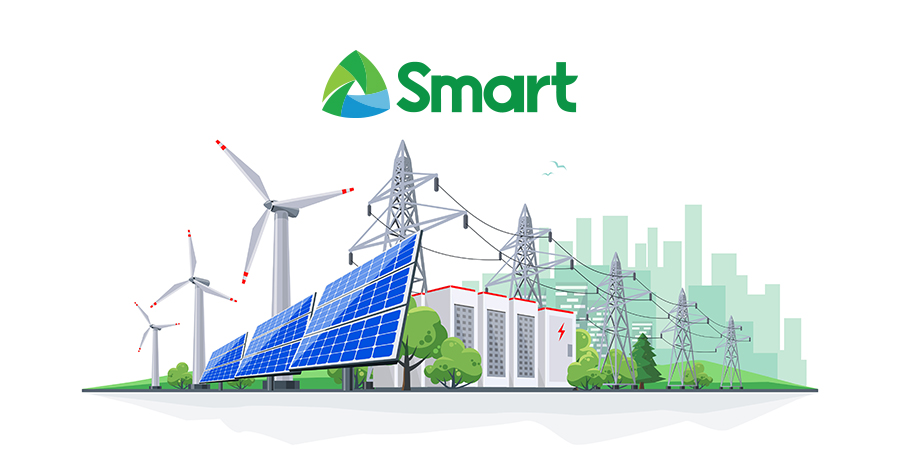Smart Communications, PLDT's wireless arm, has taken an important step toward a more sustainable future by embracing solar energy to power its cell sites around the country. The "Solar and Energy Storage as a Service" (SESaaS) model intends to improve power availability in places with little or no commercial electricity, promote a greener network and reduce carbon emissions.
Eric Santiago, first vice president and network head at PLDT and Smart, emphasized the potential of this groundbreaking initiative, saying, “The SESaaS model will improve availability of power supply, especially in areas where there is limited or no commercial power, allowing us to serve more remote communities. This will also reduce Smart’s use of power from carbon sources. Once fully implemented, we’re looking at a reduction of as much as 88% in greenhouse gas emissions in off-grid sites.”
Smart has developed proofs of concept (POC) in two locations for four power source types: Good Grid, Poor Grid, Bad Grid and Off-Grid. The first is an off-grid location in Palawan, where the installation successfully powered the tower all day. The second location along the STAR Tollway is a commercial grid-powered installation. The facility demonstrated that it can effortlessly transition from being powered by the commercial grid to being powered by surplus electricity stored in batteries.
Based on the POCs, Smart sees opportunities for cost efficiencies. This will also allow Smart to provide mobile signal availability to consumers in rural places that are not connected to the power grid. It can help reduce reliance on diesel generators during power outages and emergencies.
This is the best example of the SESaaS business model, in which the chosen supplier installs photovoltaic cells and a battery storage system in Smart cell sites. The facility will help power assets during peak hours and store surplus energy during off-peak hours for future usage in facilities connected to the commercial power grid.
Given the market's scarce supply of non-conventional power, Smart continues to seek alternate power sources, particularly renewables. The PLDT group continues to test and integrate environmentally friendly technology as part of its decarbonization program, which calls for a 40% reduction in Scopes 1 and 2 GHG emissions by 2030.
President and CEO Alfredo Panlilio has identified sustainability as a major pillar supporting the PLDT Group strategy, and he continues to promote the increased use of renewable energy and green technologies in daily operations.





